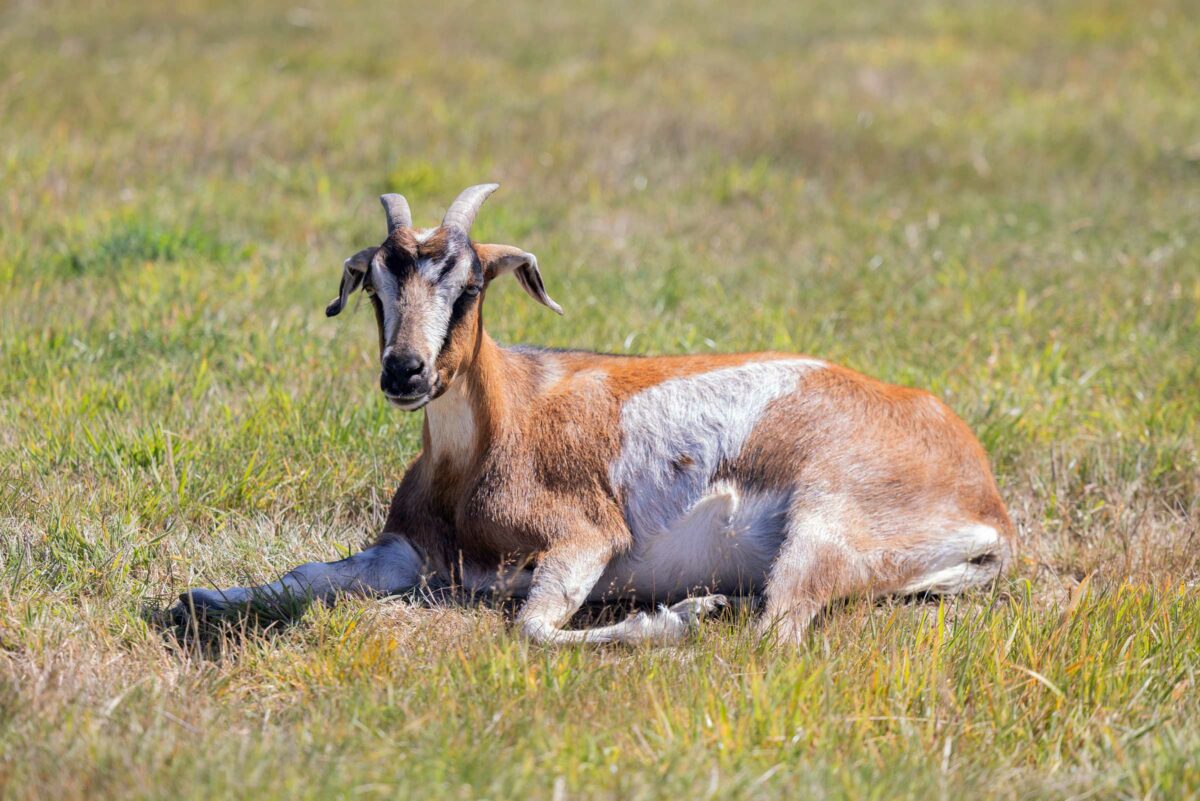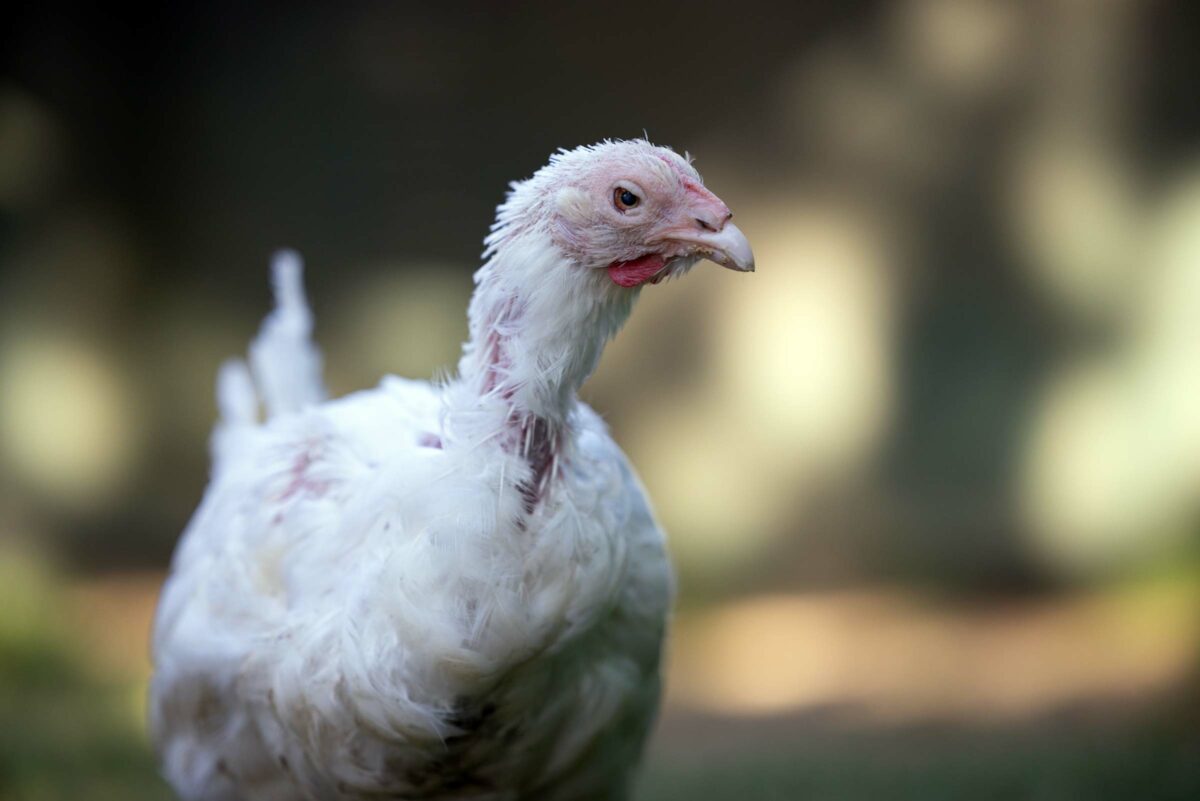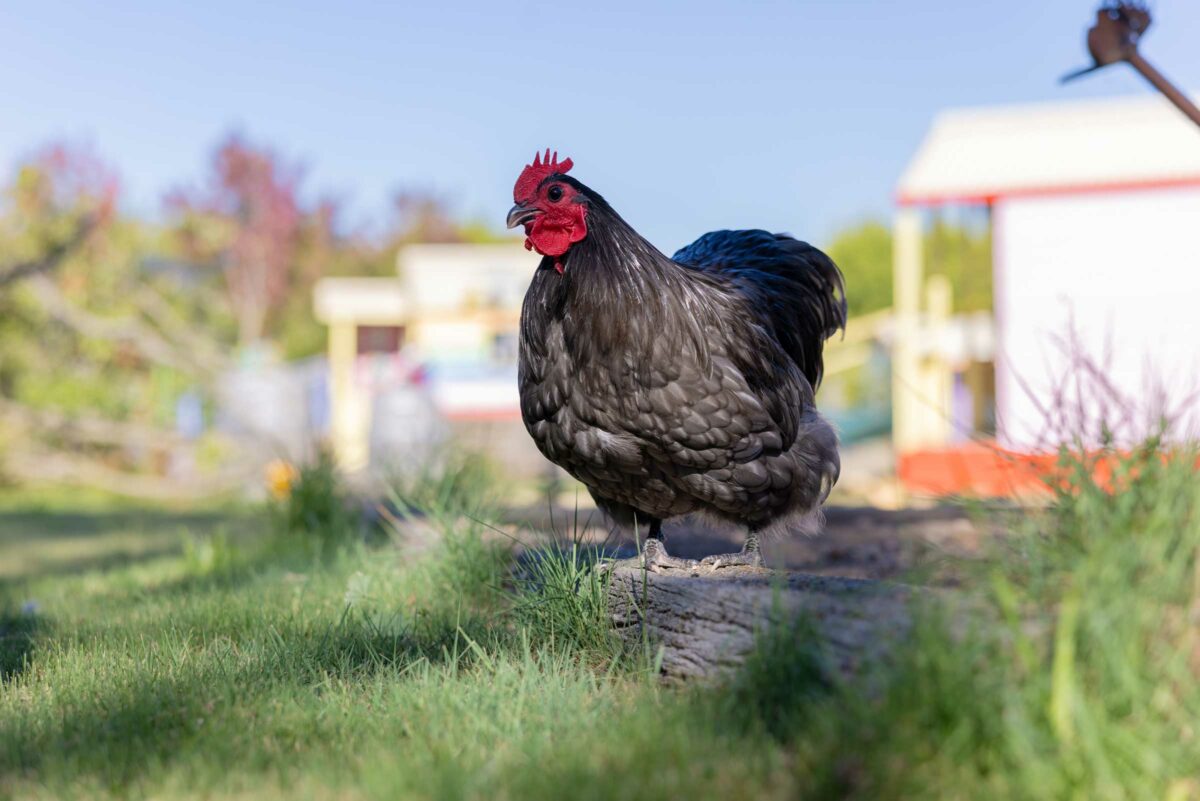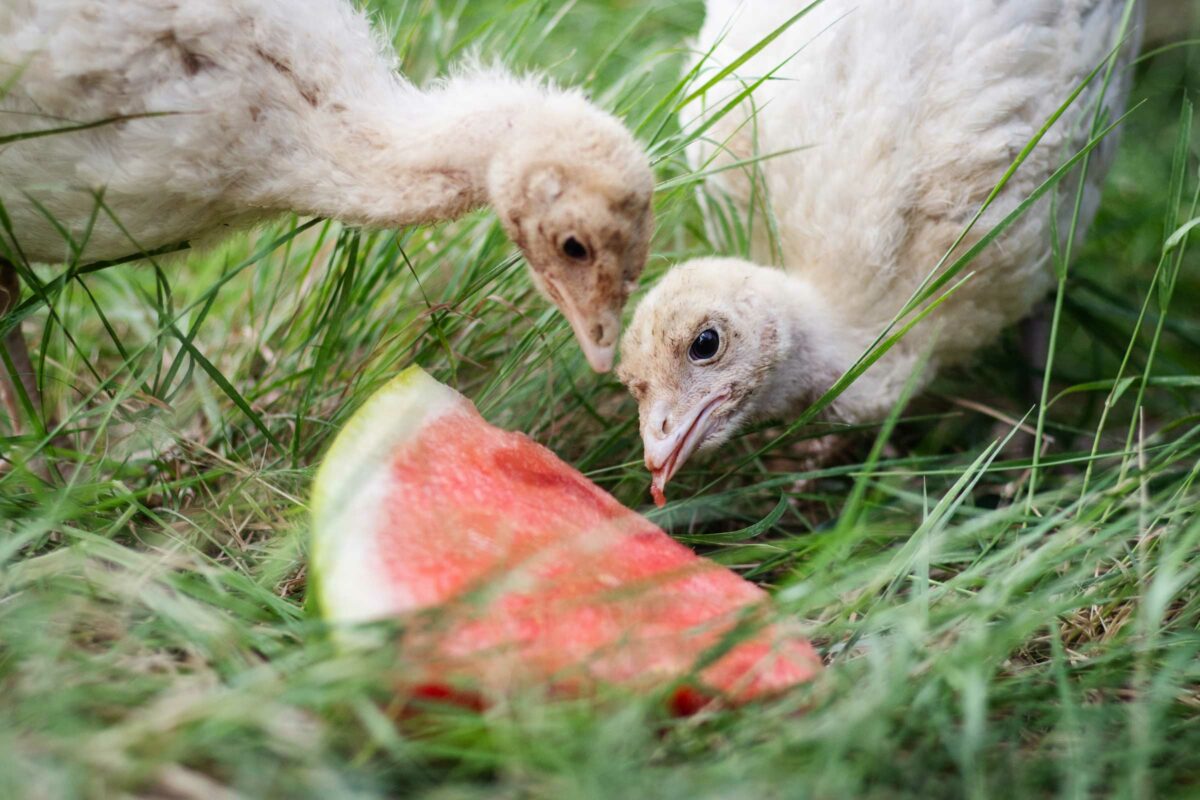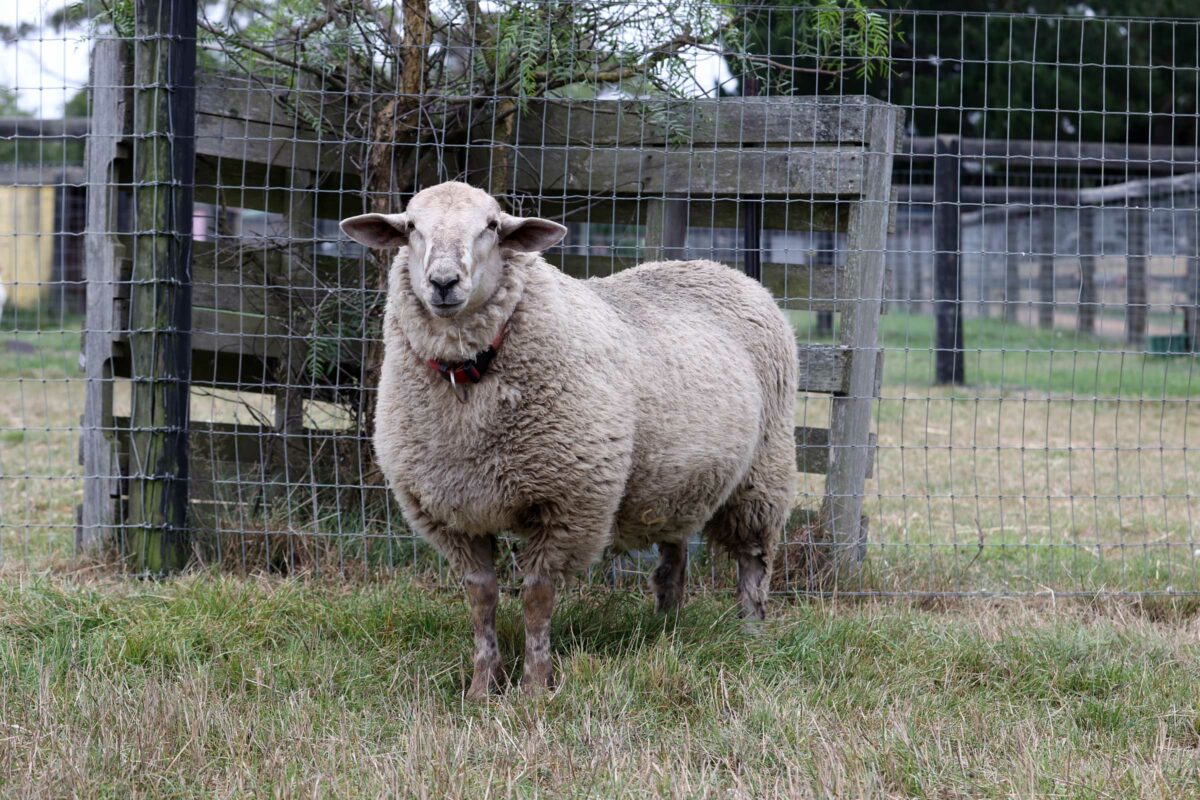

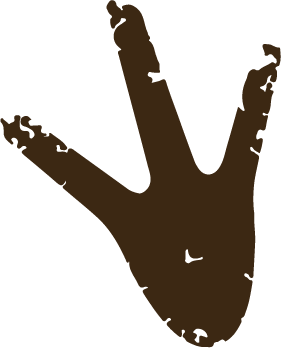
Meet the Isas
Isa Buttrose, Isa Davies and, wait for it, Isa Brown, are three sassy young ISA Brown hens who have recently fluttered into our fold. And being who they are, our hearts as well.
Like all ISA Brown hens who have preceded them here, their genetics will haunt them for the rest of their days. Selectively bred to be predisposed for exponential egg laying, the tea leaves are clear: they will encounter health issues as a result.
Dear Isa Buttrose already showing signs of this.
The first hint came when we gently placed her upon the weigh scales; her keel bone was alas as prominent as her “sisters”, however, dear Ms Buttrose weighed over 500 grams more than they.
The cause?
The murky yellow fluid drawn from her distended abdomen more than confirmed the problem: egg yolk peritonitis. A condition that is so common in these gentle animals. Its causes are several, from a yolk of a developing egg winding up in the body cavity, or secondary to a reproductive issue, such as an ovarian cyst or cancer of the hapless animal.
Signs of this illness can be seen in abnormalities of the egg (soft or misshapen), or a complete cessation of laying coupled with a propensity for staying in the nesting box. The latter is a clear sign that all is not well with the bird, as broodiness is something that has been deliberately bred out of the ISA Brown hen to ensure her maximum time and energies are spent in egg production.
Yet despite all we humans have done to these birds, they remain, and are noted for, their calm and affectionate natures, often though, with a cheeky tinge. Responding to their names once they learn them, they too are curious and clever. They have strength and resilience beyond their size, and personalities to match.

And although industry would have us believe otherwise, being bred simply for food should not consign them to the vast scale of injustice this befalls them. And once you meet them on their turf and not your plate, you will quickly realise they are so much more than a meal, or an egg-producing machine.
So please remember this: the fate of these most endearing animals lies not with what is on your plate, but with who is not.





